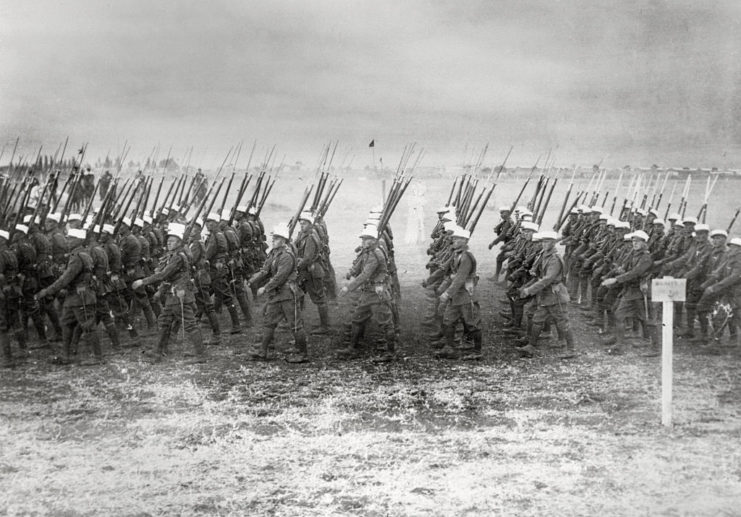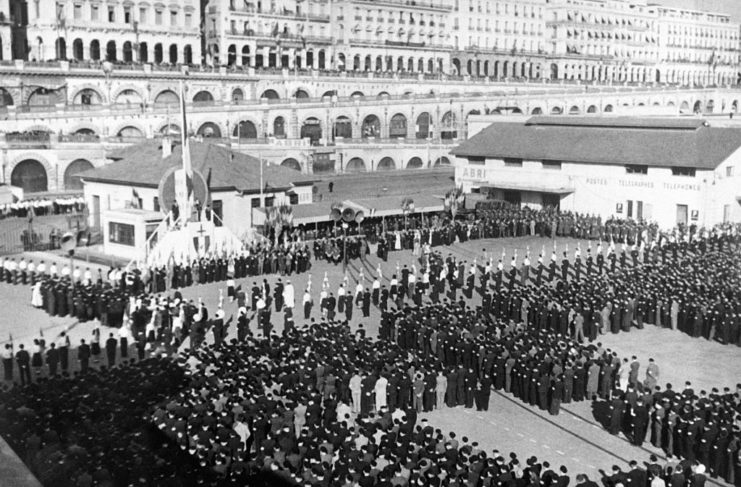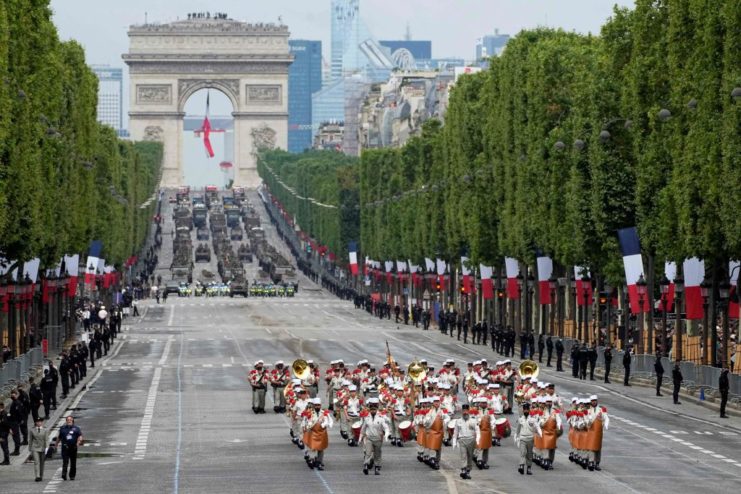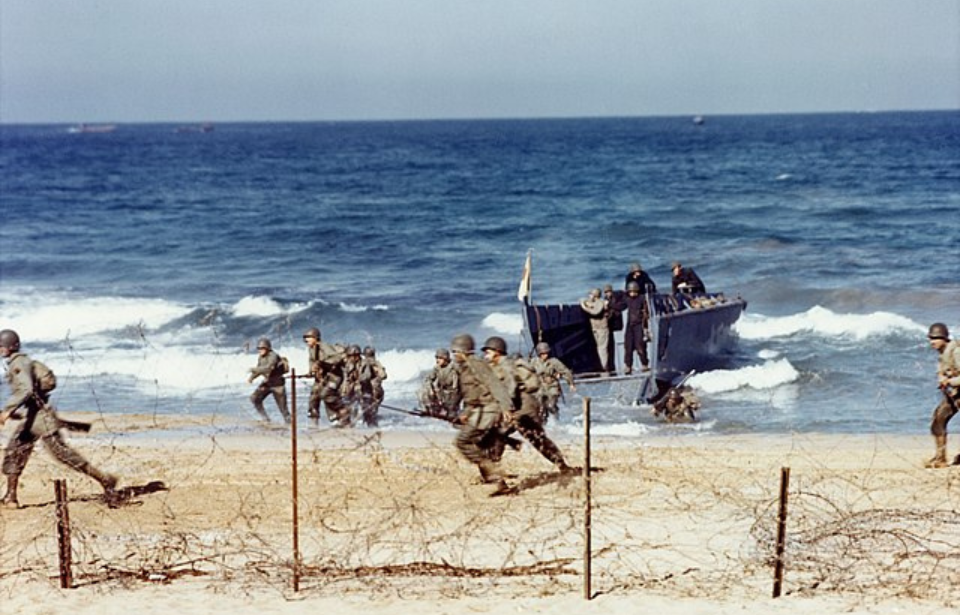The French Foreign Legion is a historic and elite part of the French Army. It was created in the 1830s as a way to deal with the influx of foreign refugees fleeing to France and allow them to serve with the French forces. During the Second World War, the Legion was overrun with Germans enlisting at a rate that was abnormal. This caused officials to suspect there was something more nefarious at play.
Spies in the French Foreign Legion?
By design, the French Foreign Legion had always been full of individuals from other countries. Leading up to World War II, the dynamic of the Legion was changing and there were large numbers of Jewish and Spanish people joining. The Jewish individuals were fleeing from Eastern Europe and the Spanish from the Spanish Civil War.
The dynamic changed further when the number of Germans in the Legion also began to rapidly grow. In fact, it reached a point where half of all privates and 80 percent of non-commissioned officers were German.

This was a cause for alarm, as it was quite suspicious, particularly because the German government and press were very outspoken against young German men joining the French Foreign Legion. Allegedly, actions were being taken in Germany to prevent the recruitment of Germans to the Legion, including publicly burning books about them, the Propaganda Department claiming that those who joined were hypnotized and the arrest of a professional hypnotist. Despite this, the number of recruits kept climbing.
Eventually, the French realized the increase in German members was orchestrated by the Abwehr, or German Intelligence, to place spies and other German agents into the French ranks – they were tasked with breaking the Legion from within.
Response to the German spies
Although the French Foreign Legion was never destroyed, the German agents certainly caused problems. The Spanish, Jewish and German soldiers didn’t get along, and the German noncommissioned officers only made this worse by purposefully terrorizing any non-Germans under their command. Their time in the French Foreign Legion also gave them the opportunity to take down the names of individuals they wanted to eventually send to concentration camps.

Once the war began, the decision was made to send many of the German legionnaires to North Africa. It was believed the potential for them to be loyal to Germany was too high and, as such, it would be risky to send them to fight anywhere in Europe. It wasn’t enough to just send them away; the Legion also decided to arrest those they suspected of being German spies. Those who were not arrested but considered suspicious were sent to work in projects that posed very little risk, like building roads.
The French Foreign Legion was most heavily involved in North Africa during WWII. Parts of the Legion were also sent to Narvik, Norway to assist the Norwegians in holding the city. However, these forces were vetted carefully to ensure there were no spies or German agents being sent.
The French Foreign Legion and the end of World War II
Even though the French Foreign Legion cracked down on suspected German spies amongst their ranks, there were many who were able to join and serve for the duration of the war. Germany even asked if their spies could be allowed to leave the Legion and return home. They were, of course, released from service.

More from us: The World’s First Ever Gliderborne Attack Allowed Germany to Take Belgium
The French Foreign Legion remains an important part of the French Army, serving in a number of different conflicts after WWII. They were involved in the likes of the First Indochina War, the Algerian War, the Lebanese Civil War, the Gulf War and the War in Afghanistan.
